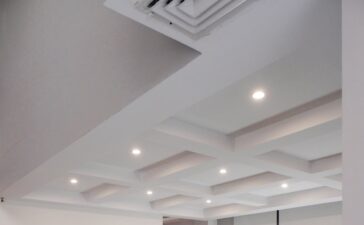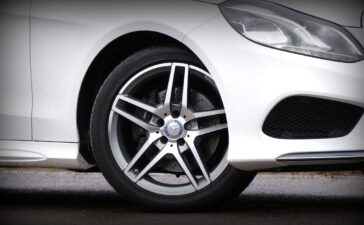Imagine yourself on the dentist’s chair, feeling stiff and frightened. Your heart begins to beat even more quickly as the air is filled with the sound of drills and buzzing machinery. What if, though, there was a method to allay all those worries? For people who dread going to the dentist, there is sleep dentistry.
We’ll take you on a tour of the world of sleep dentistry in this blog article, explaining how it functions and why it’s gaining popularity with patients. Discover how being put to sleep at the dentist can assure the best possible treatment outcomes by sitting back, relaxing (pun intended), and reading on!

What is dental sleep therapy?
Have you ever wanted to go to sleep and wake up with all of your dental work done magically? That is the concept behind sleep dentistry, at least. This cutting-edge method of dental care, also known as sedation dentistry or twilight sleep, seeks to give patients a relaxing and stress-free experience.
What precisely is dentist put to sleep is? Simply put, it involves giving patients medicine to help them rest while having their teeth cleaned. This can range from light sedation, which creates a state of deep relaxation while the patient is still conscious, to more profound sedation, which places patients in a state that resembles sleep while allowing them to still respond to directions.
Sleep dentistry can help anyone who have trouble sitting still for extended periods of time or who need extensive treatment, not simply those with severe dental anxiety. Additionally, because the patient remains relaxed the entire time, many treatments can be done in a single session.
The complexity of the treatment and the patient’s medical history are two criteria that will determine the type of sedation that is employed. The best course of action is to speak with your dentist in advance so they can decide which amount of sedation is most appropriate for you.
Let’s explore how sleep dentistry actually operates now that we’ve discussed what it entails.
How does sedation dentistry operate?
How does sedation dentistry operate? With this cutting-edge method of dental care, patients can receive therapy while soundly dozing off. It entails the administration of drugs that provide drowsiness and relaxation, guaranteeing a comfortable and anxiety-free encounter.
During the initial appointment, the dentist assesses the patient’s medical history and determines whether sleep dentistry is appropriate for them. Following approval, a personalised treatment plan is developed depending on the needs of the individual.
The patient receives medicine orally or intravenously on the day of the surgery. By inhibiting specific central nervous system processes, these drugs promote profound relaxation and lessen any sensations of fear or discomfort.
To ensure safety, skilled specialists continuously check vital signs like heart rate, blood pressure, and oxygen levels throughout the treatment. In this situation, the dentist may perform efficiently without any interruptions or disturbances.
Both patients and dentists can benefit greatly from sleep dentistry. Patients with dental phobias or anxieties can get the essential care without being overly anxious. When patients are calm and motionless, dentists can complete complicated operations more quickly.
In conclusion, sleep dentistry provides a secure and efficient remedy for people who might otherwise put off necessary dental care out of fear or anxiety. It guarantees the best outcomes while reducing any potential discomfort or anguish by allowing patients to be entirely comfortable throughout treatments.
Advantages of sleep dentistry
Numerous advantages of sleep dentistry exist, and they can significantly enhance many patients’ dental visits. One of the key benefits is that it reduces fear and anxiety related to dental operations. Many people have a strong phobia of seeing the dentist, frequently as a result of prior traumatic events or general worry about dental work. These patients can unwind and maintain their composure throughout the procedure thanks to sleep dentistry.
Increased comfort during longer or more complicated operations is another advantage. Patients who are sedated experience no pain or discomfort during the procedure, allowing the dentist to complete the essential procedures without being hindered or interrupted by the patient.

Additionally, using sleep dentistry permits many operations to be finished in a single appointment. This results in fewer visits to the dentist’s office overall and shorter appointment times. This might be a huge comfort for those with hectic schedules or those who have dental phobia.
Additionally, by encouraging improved patient participation, sleep dentistry assures the best possible treatment outcomes. Some people could have trouble staying motionless for long periods of time or paying attention to instructions when they’re awake. By ensuring that patients are at ease and compliant throughout treatment, sedation eliminates these difficulties. Numerous advantages of sleep dentistry improve patient comfort and treatment results. It provides a great option for anyone seeking the best oral health care possible without stress or discomfort by removing worry, raising comfort levels, shortening visit times, and boosting patient participation.





